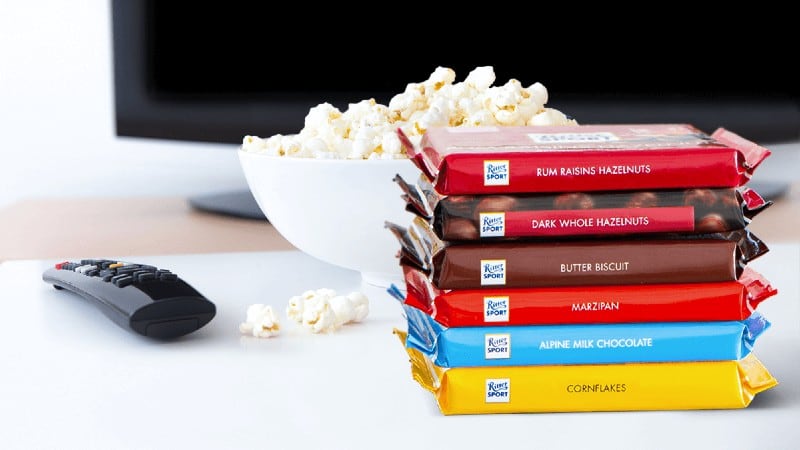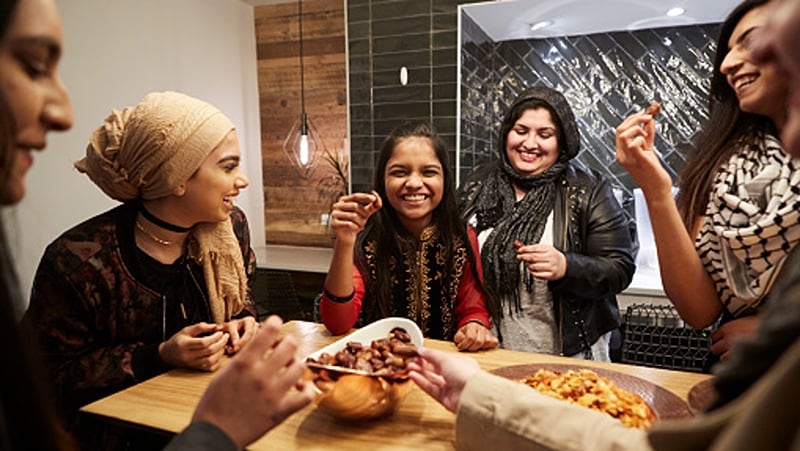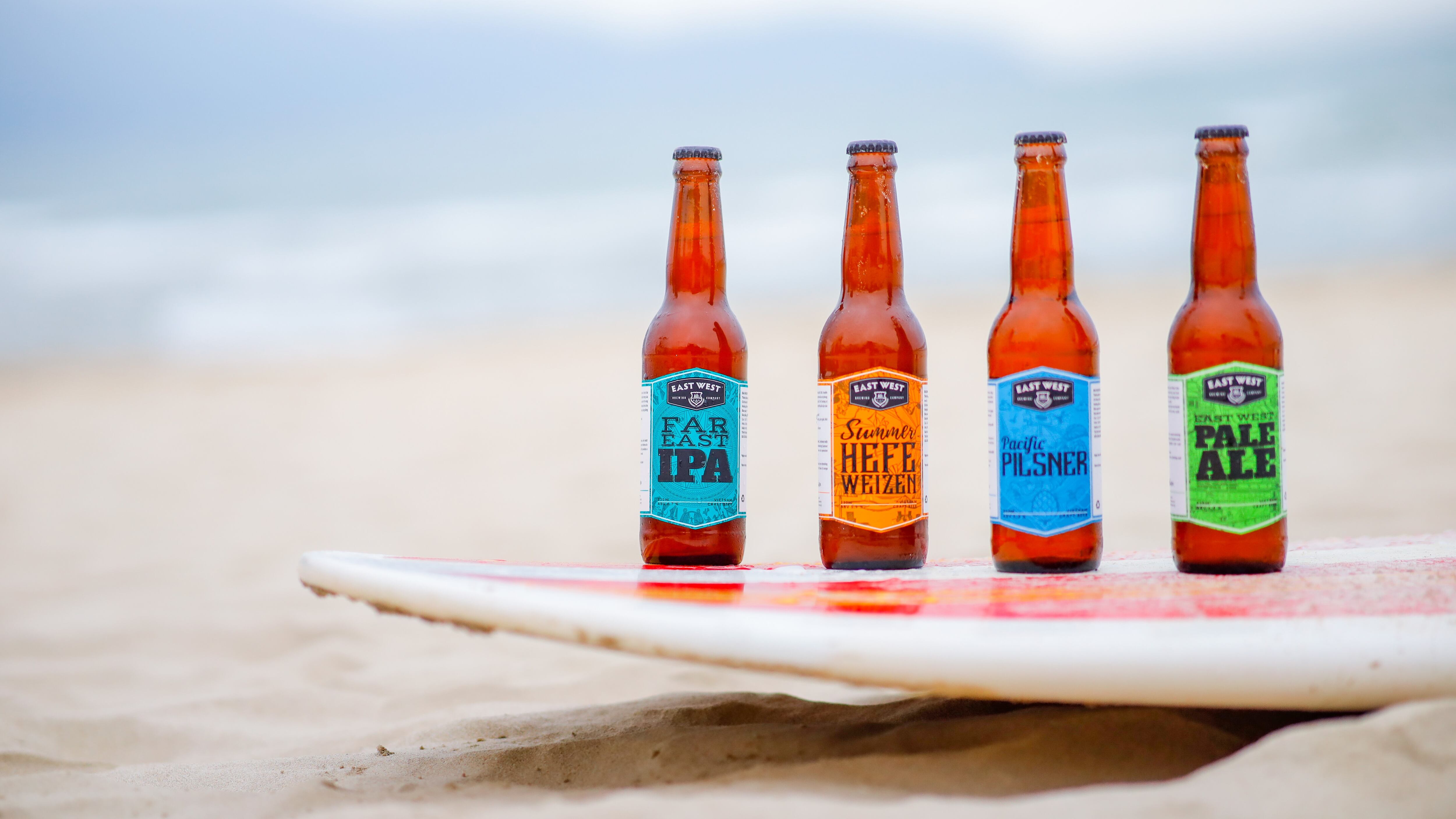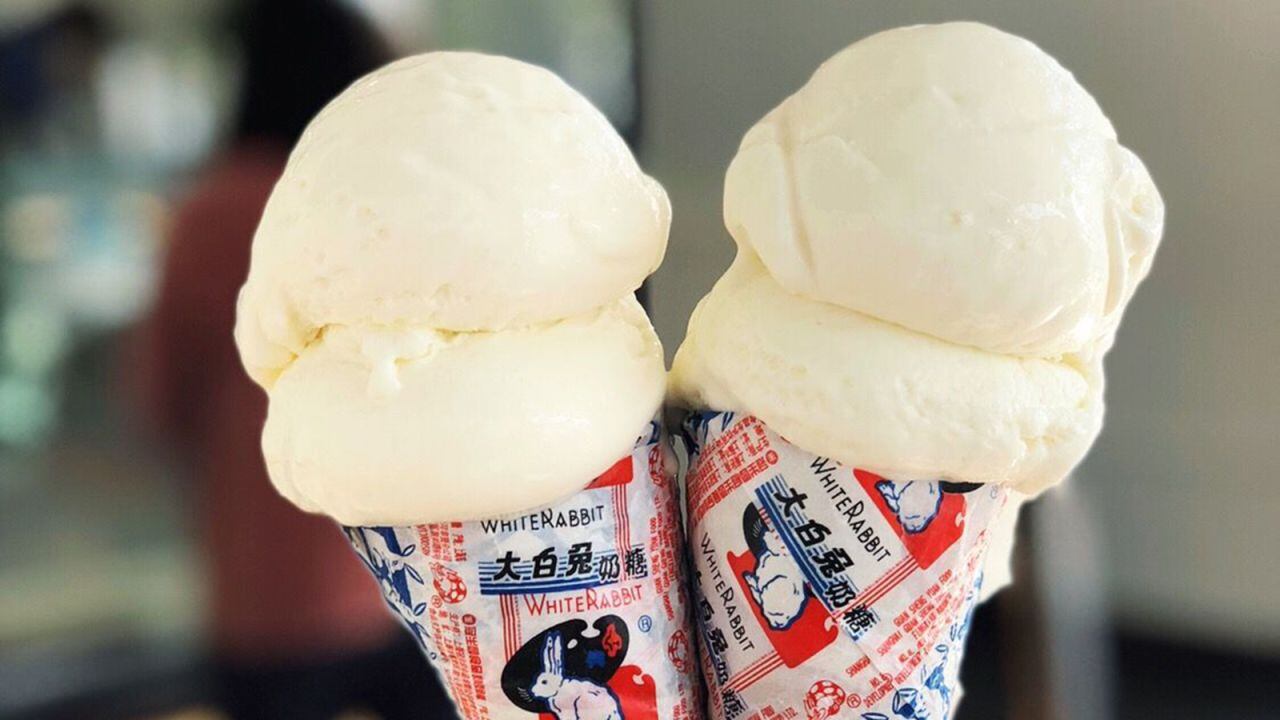Although chocolates are undoubtedly a common food product in the APAC region, most consumers here view this as a limited-consumption treat to be eaten in very small volumes by comparison to western chocolate consumption practices.
“For context, the average consumer in the United States eats some 7kg to 8kg of chocolate a year – but the average consumer in, say, China eats just 100g of chocolate a year,” Ritter Sport Global Travel Retail Managing Director Jan Pasold told FoodNavigator-Asia at the recent Tax Free World Association (TFWA) event in Singapore.
“These statistics show that chocolate consumption is obviously many, many times less here in APAC, and it is simply not the chocolate region it could be – but this also brings in a lot of opportunity for innovation, and makes Ritter’s characteristic resealable pack all the more important and popular.
“This resealable packaging has been in use since the 1970s, and is definitely a convenient method for consumers to eat the smaller portions they desire and then seal the pack up again to keep the remainder fresh for next time.”
Importantly though, Ritter also relies a lot on its packaging to attract new and return consumers both in and out of the travel retail space, as every single flavour in its wide portfolio of well over 40 varieties has its own colour.
“Ritter is all about colour, from pink for the Strawberry Yoghurt to light blue for the Alpine Milk variants,” he added.
“The wide range of colours on shelves can help the chocolates to stand out very prominently and attract consumers – but this also means that we need extra shelf space in order to make the impact we want.”
This also presents a unique challenge for the firm in APAC as several of its popular products here have been assigned darker colours, which defeats the objective of having brightly coloured aisle displays.
“We have found that APAC consumers have a strong preference for very textural chocolates, such as crunchy, fruity and nutty variants,” said Pasold.
“There is very little room for overly sweet fillings such as marzipan or praline which are popular in Europe; or Alpine Milk which is popular in the US.
“The thing is that many of our nutty varieties that are popular here are less colourful than the sweeter ones, often in shades of dark blue or brown or others like that – so to make that impact on consumers here we need to have at least eight SKUs on the shelf in order to have that variety and burst of colours, as that is what Ritter has a strong focus on.”
The other solution is of course to create more of such textural nutty, fruity or crunchy variants and assign brighter colours to these, which the firm is already doing via products such as the bright orange Waffel that has a layer of crunchy wafer in the middle; and the soft pink Strawberry Yoghurt.
Slow going for veganism and sustainability
The APAC region is also unique in that chocolate trends that are going strong in other parts of the world such as vegan chocolates and sustainable paper packaging are not quite so strong here.
“We just launched an entire vegan range, and this is a travel retail exclusive so far here in Asia,” Pasold said.
“The thing is that the vegan trend is really much slower in this region, with focus more on packaging and texture than vegan ingredients.
“We have been trying plastic-free packaging in Europe, replaced with paper packaging, but this has obviously not been able to be transferred to Asia or the Middle East, anywhere with hot or humid tropical climates for food safety reasons.
“Asian consumers do like the idea of paper packaging and they appreciate the concept of sustainability behind it – but the fact is that it is just not as important a priority as it is in Europe right now, so the transformation process here is likely to be somewhat slower.”





